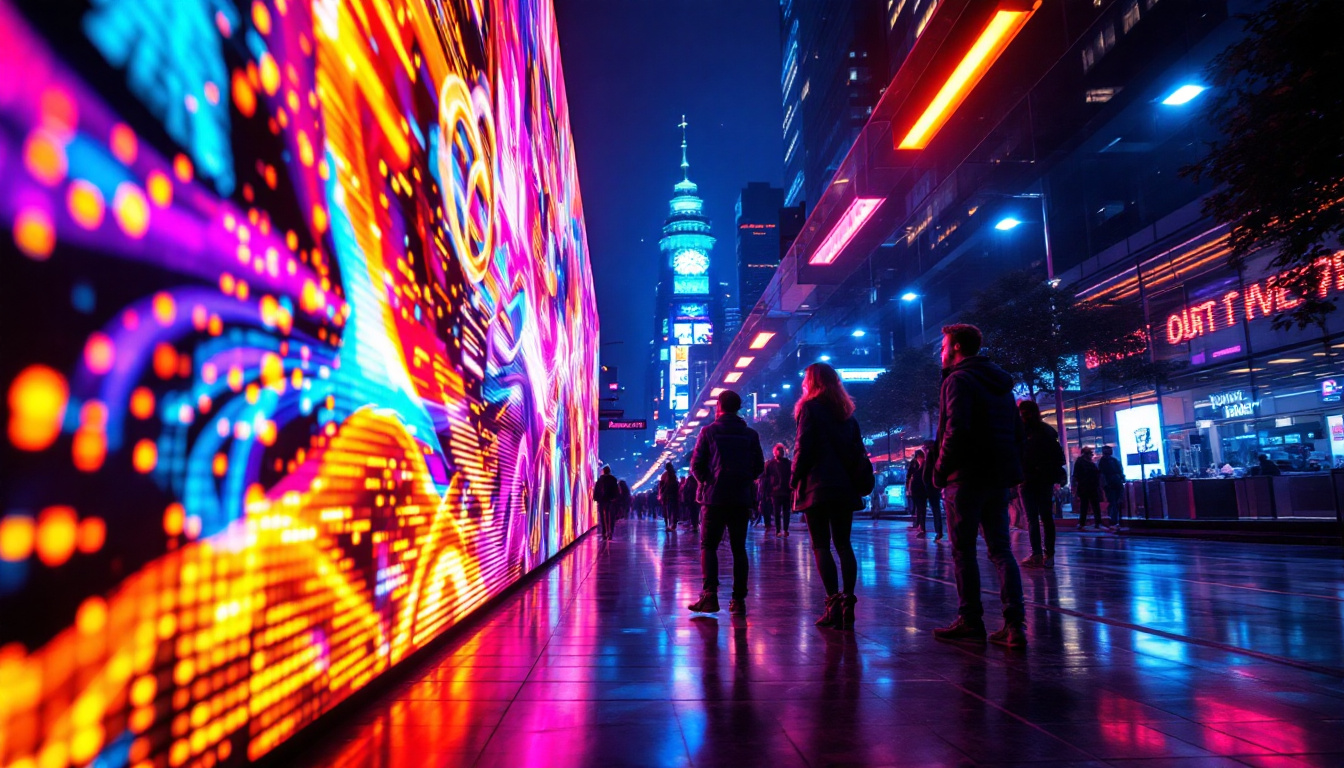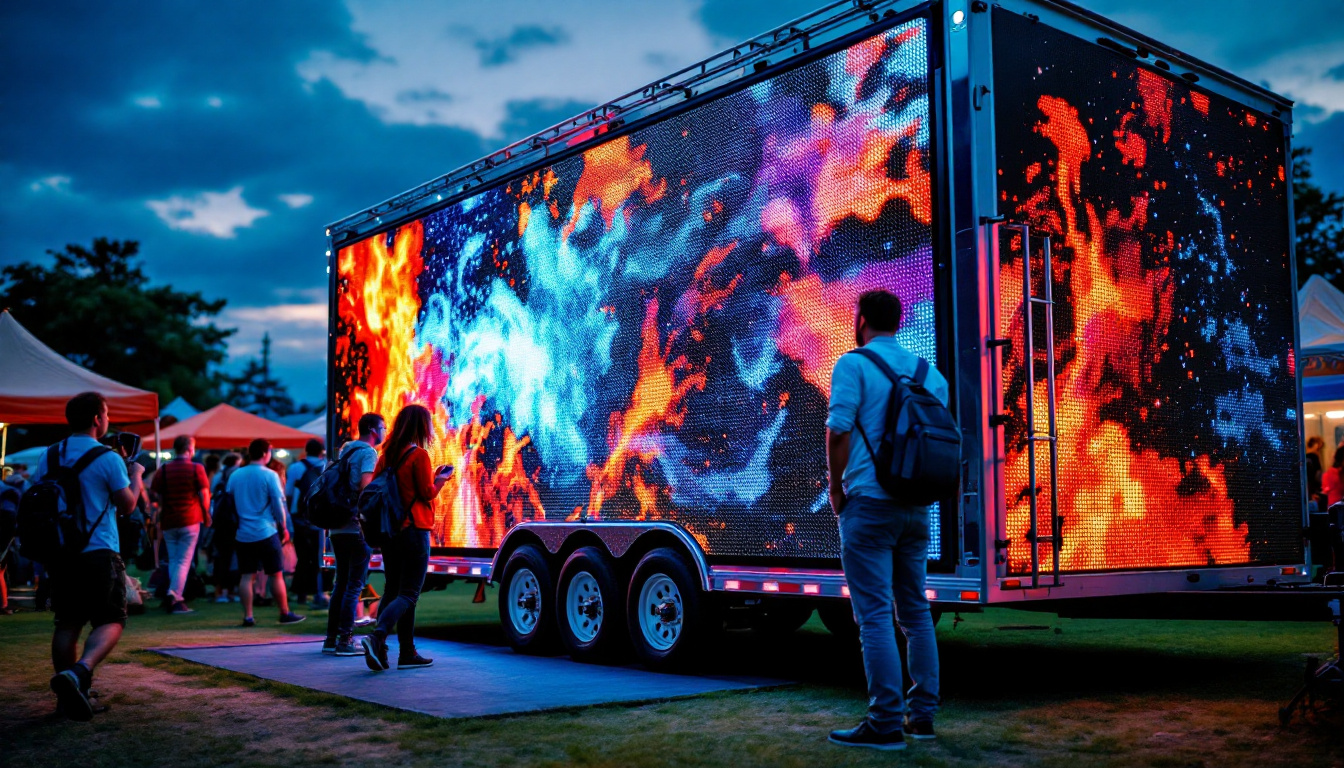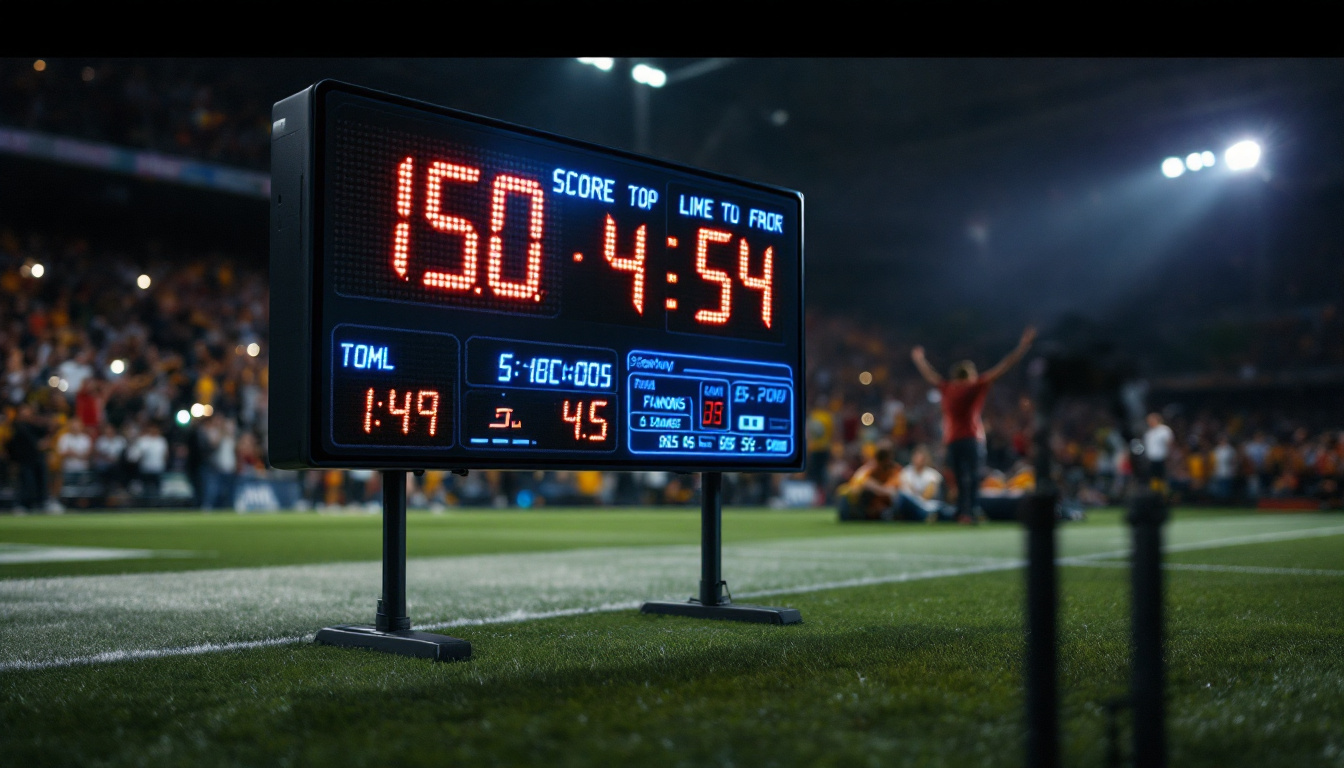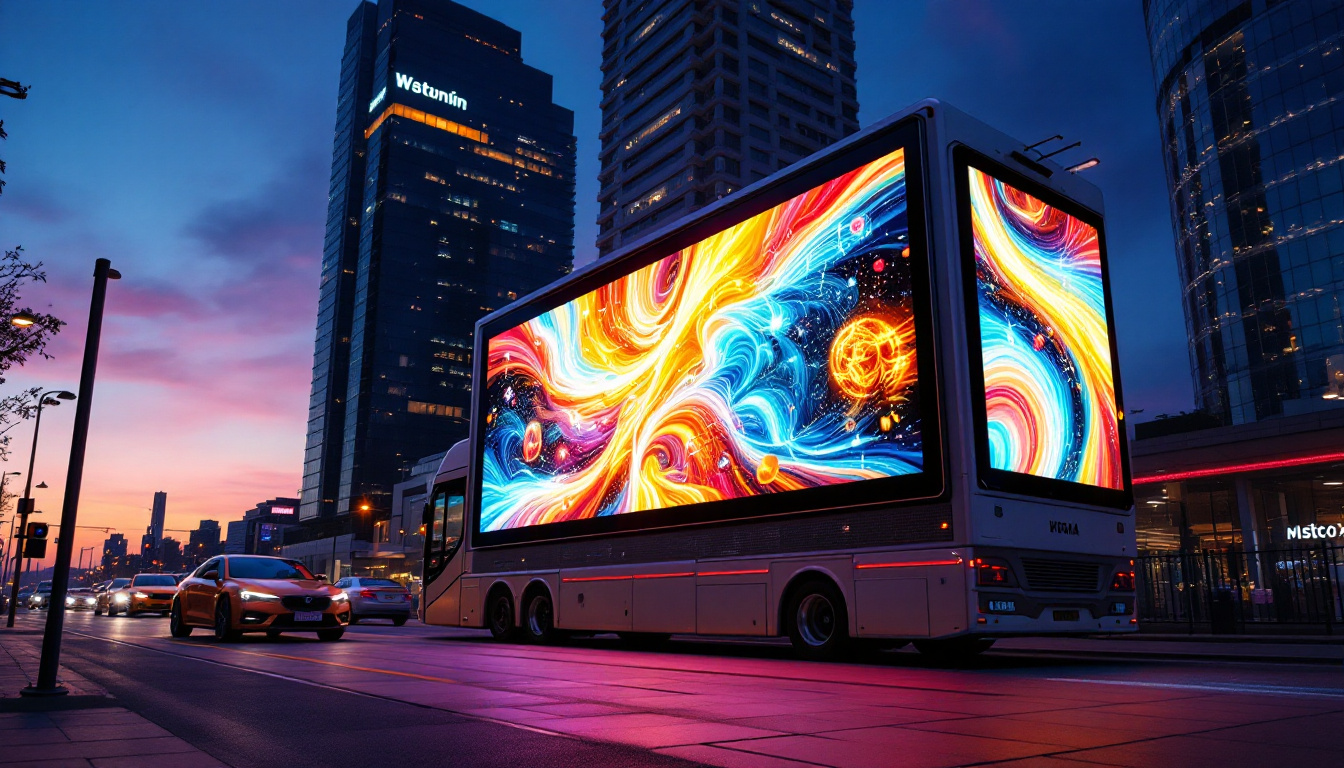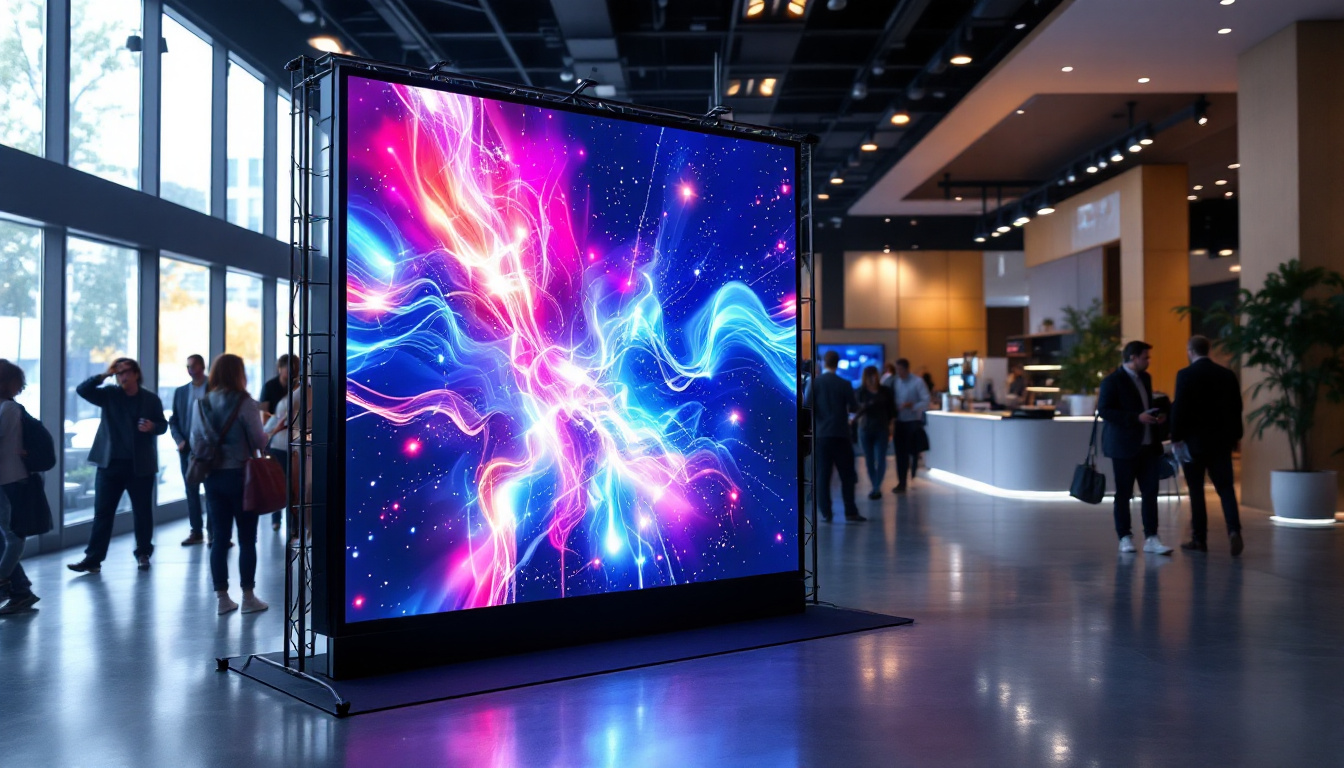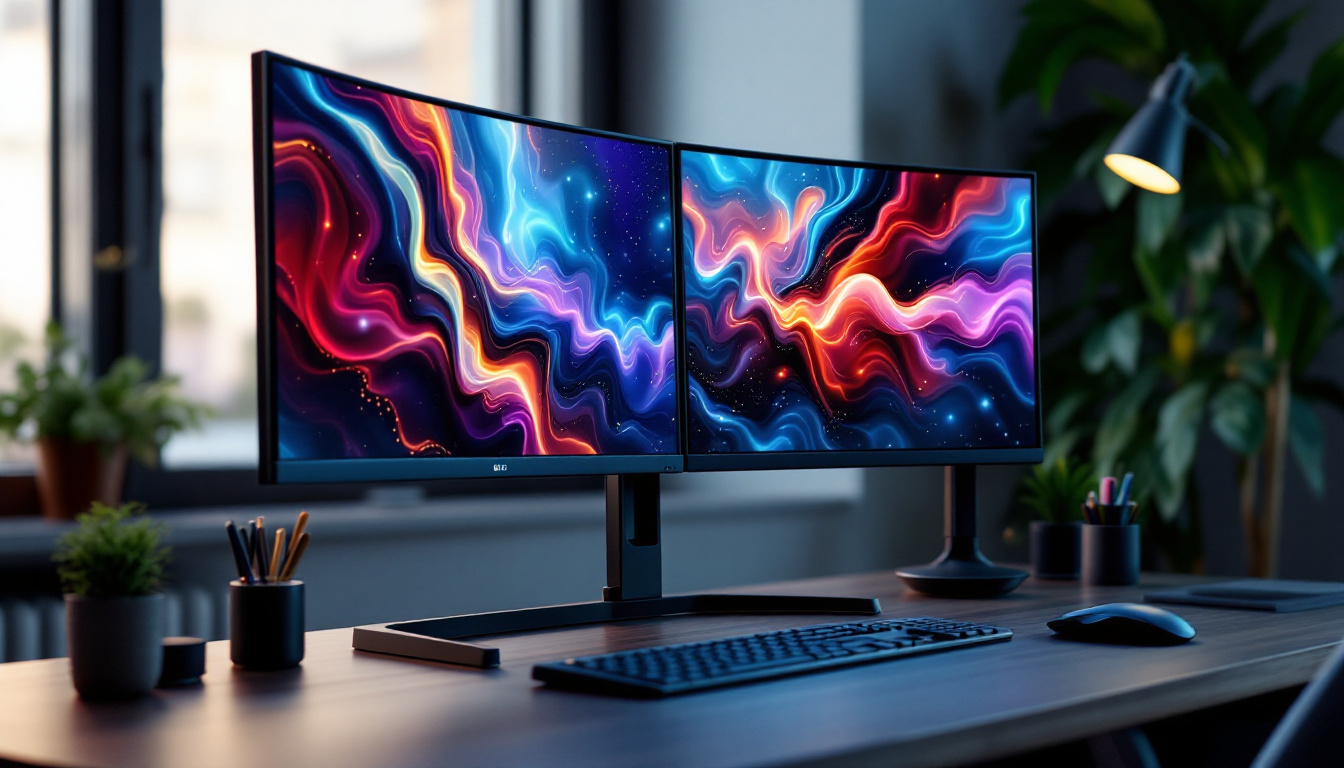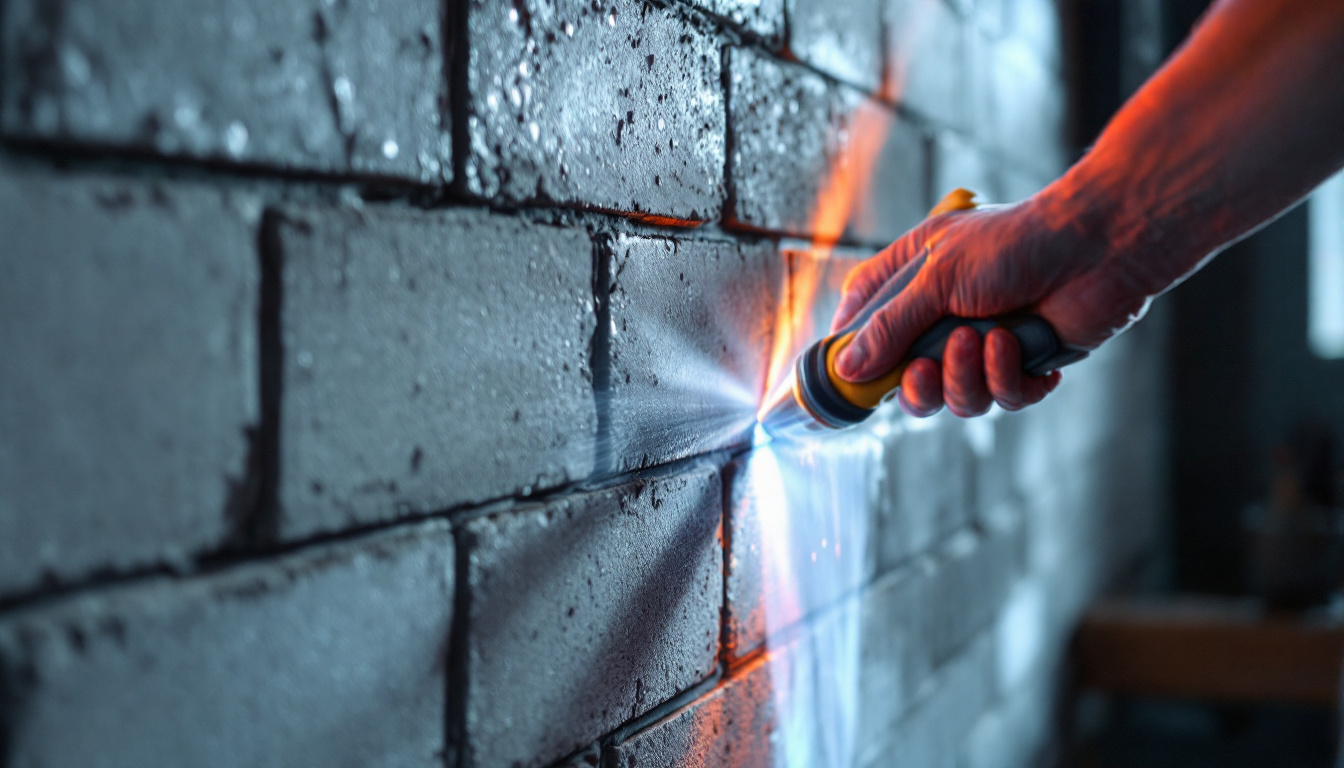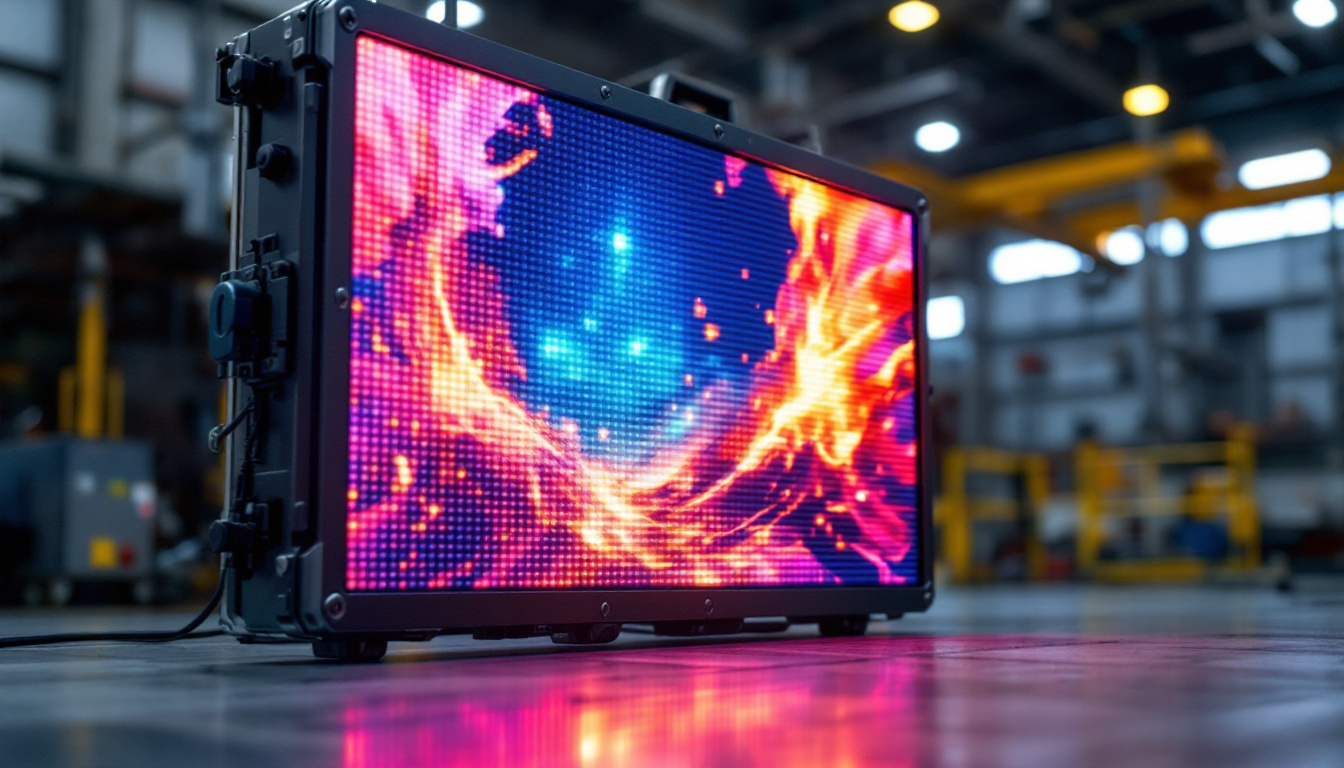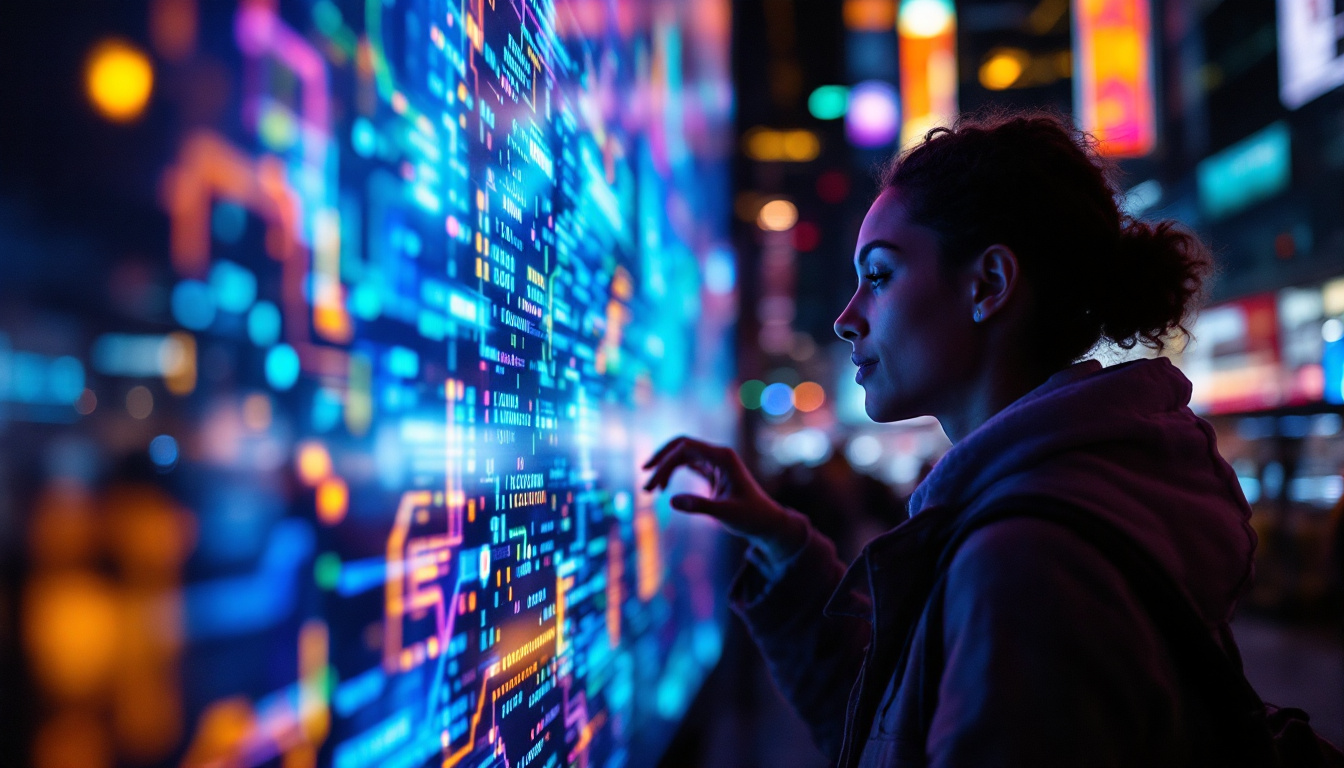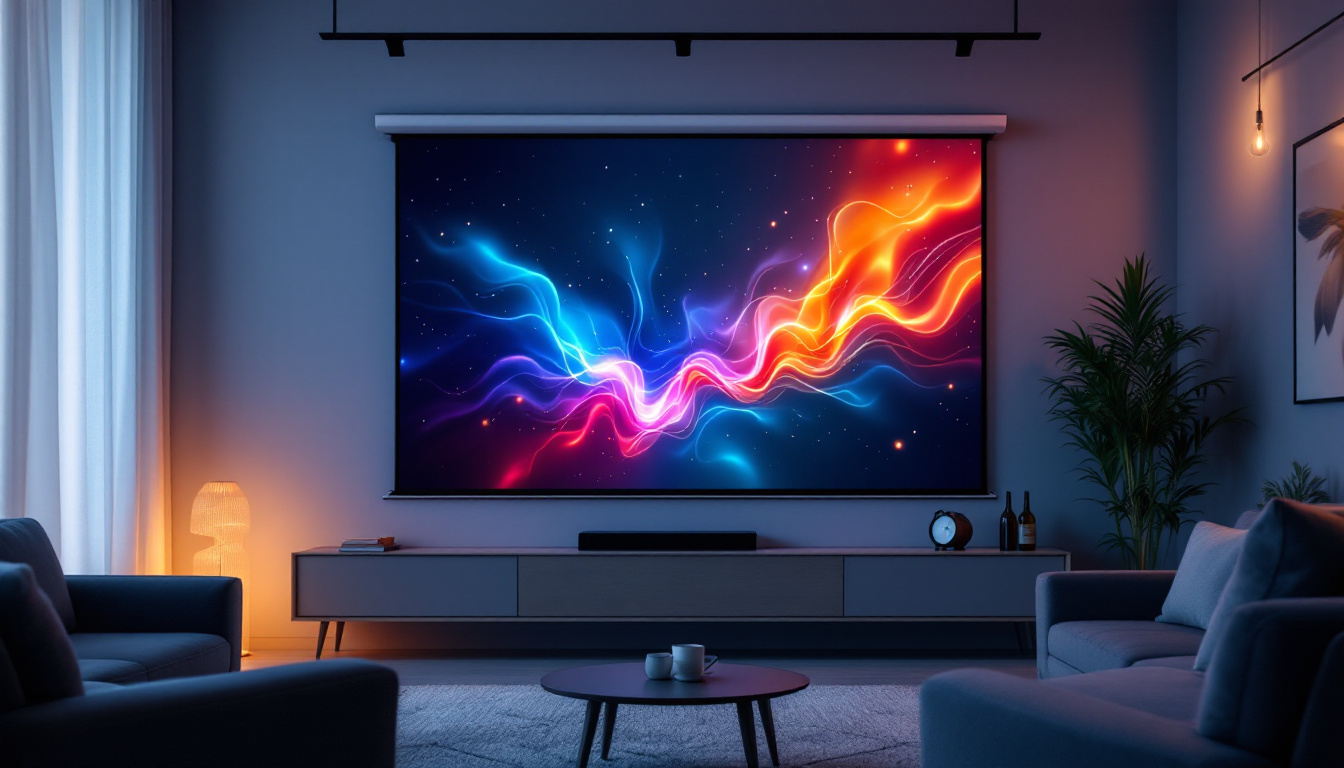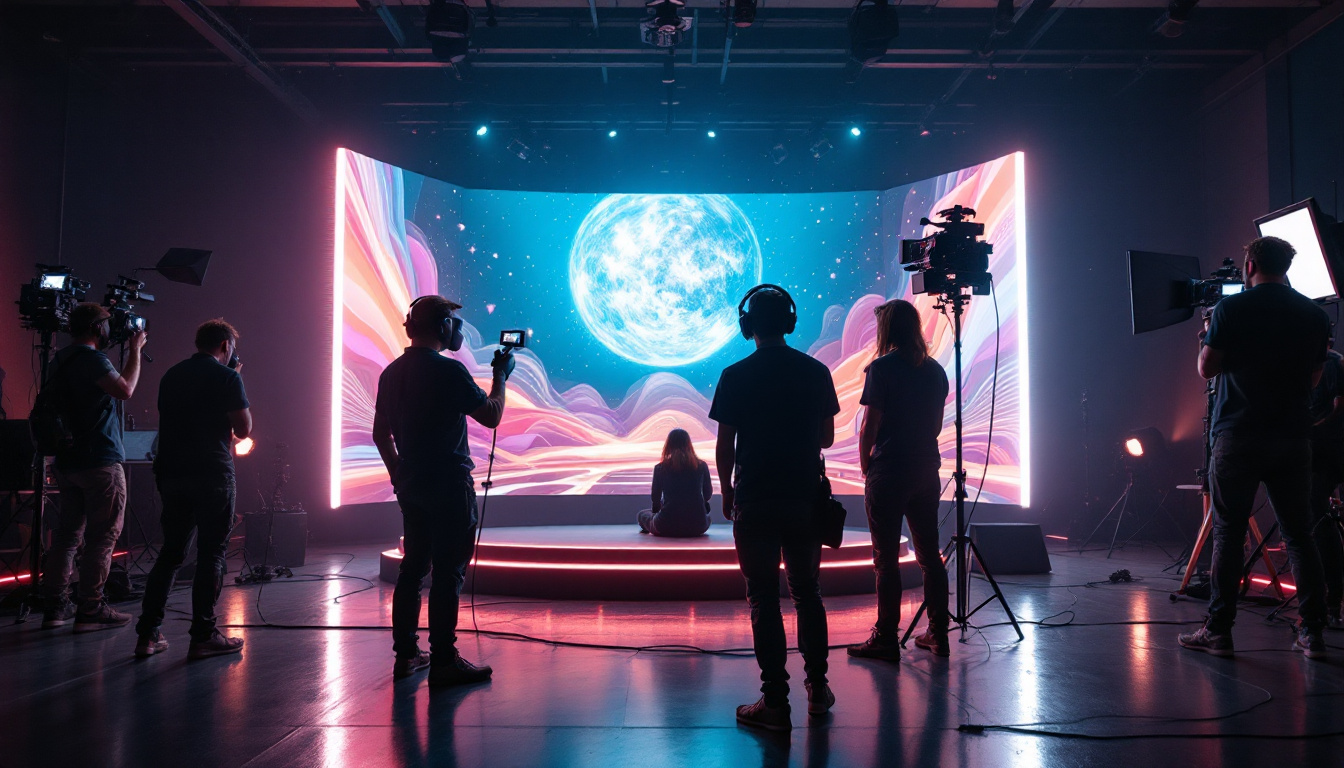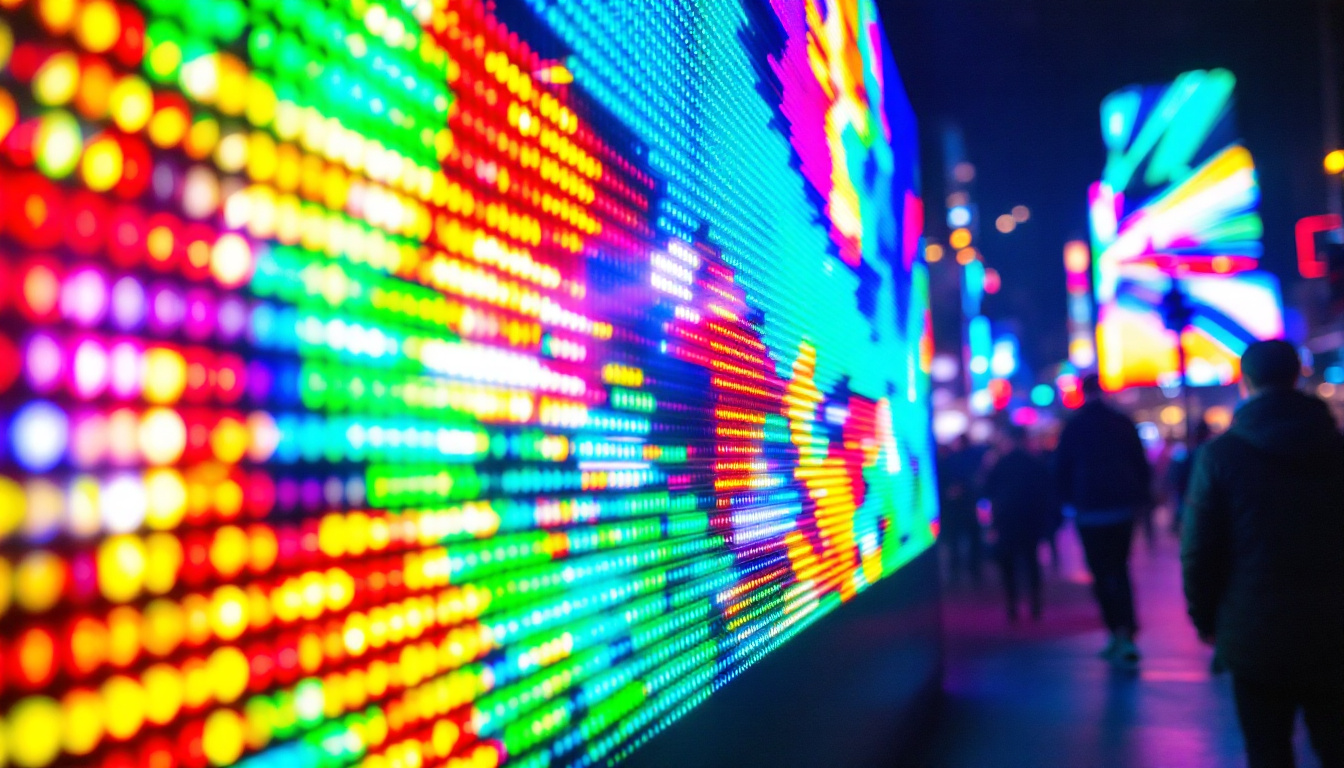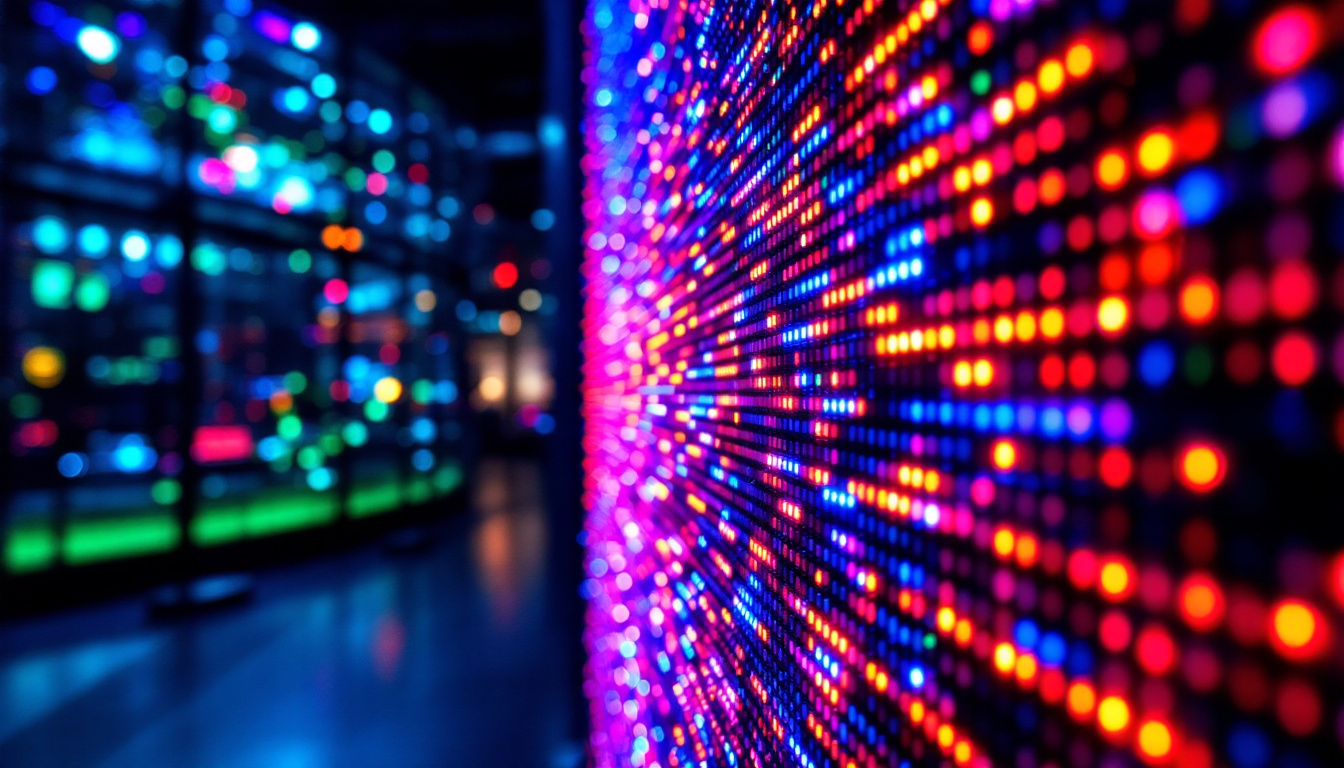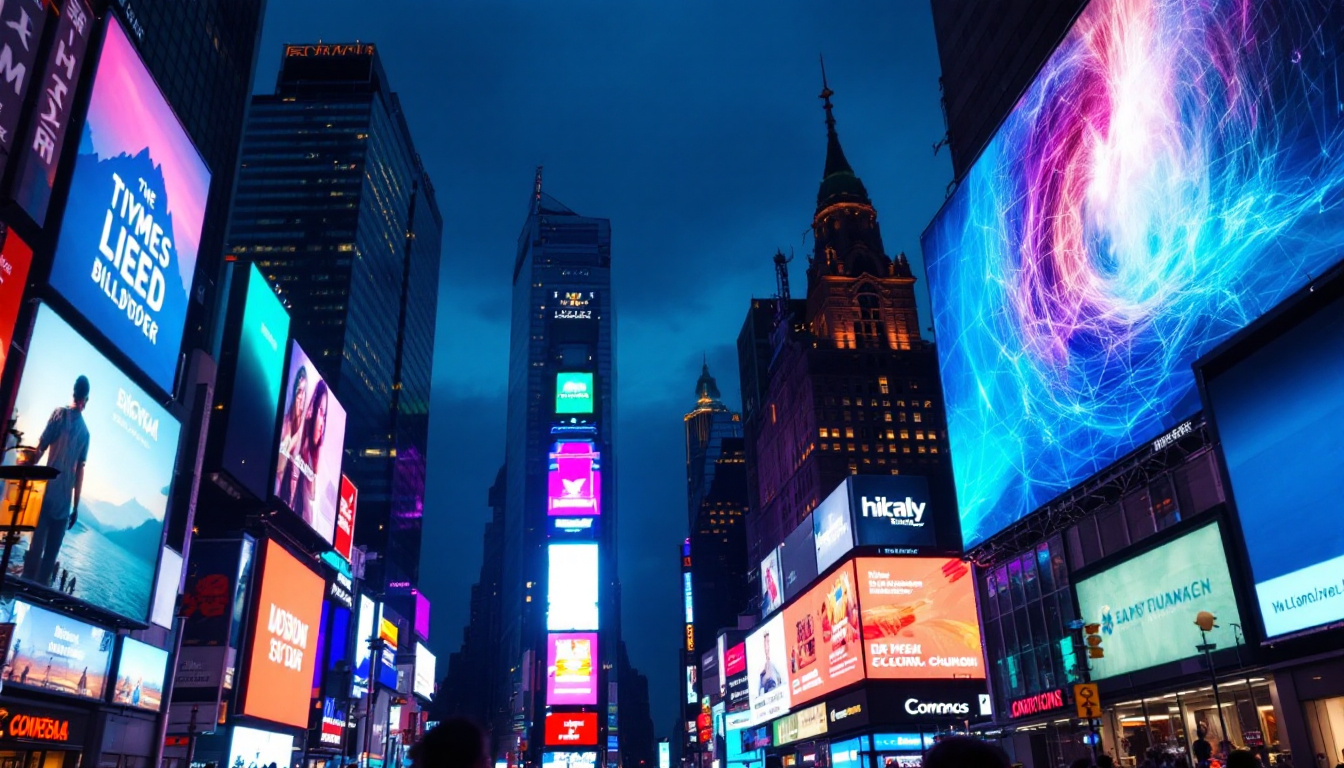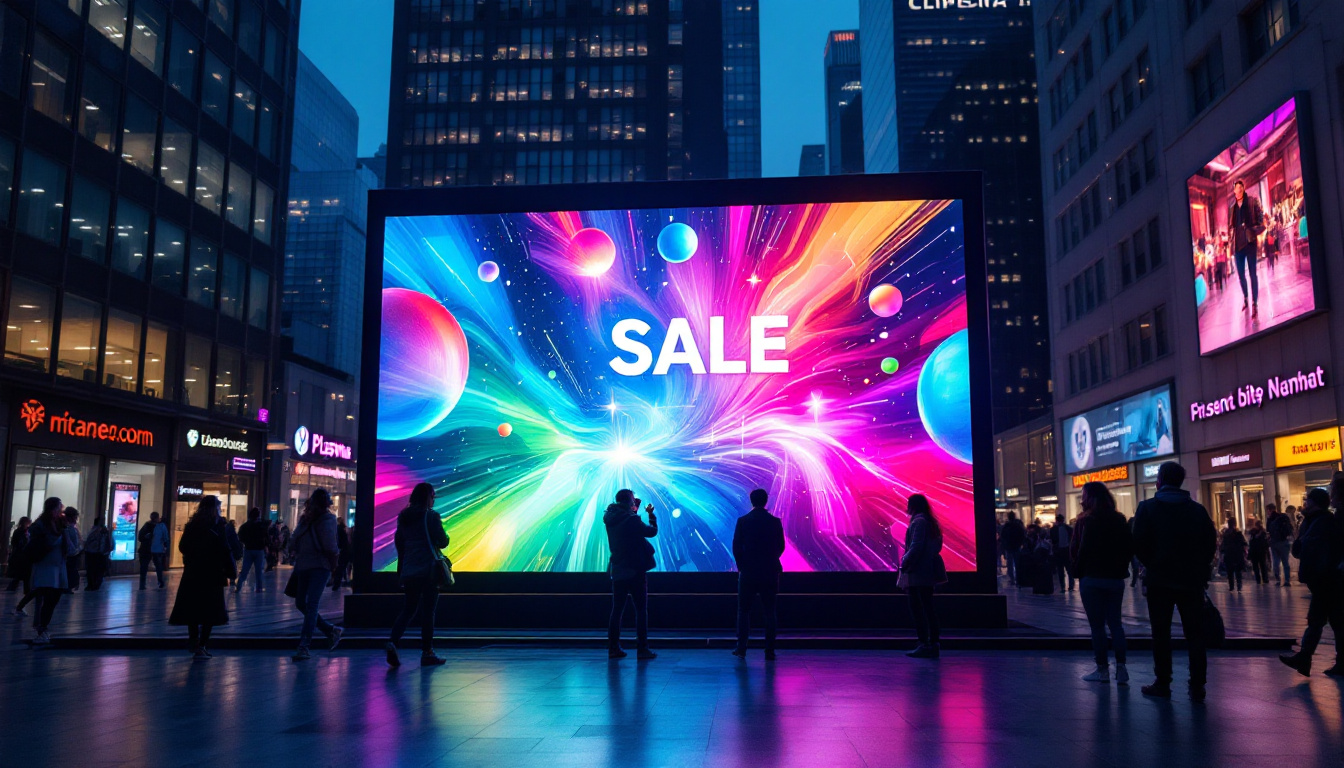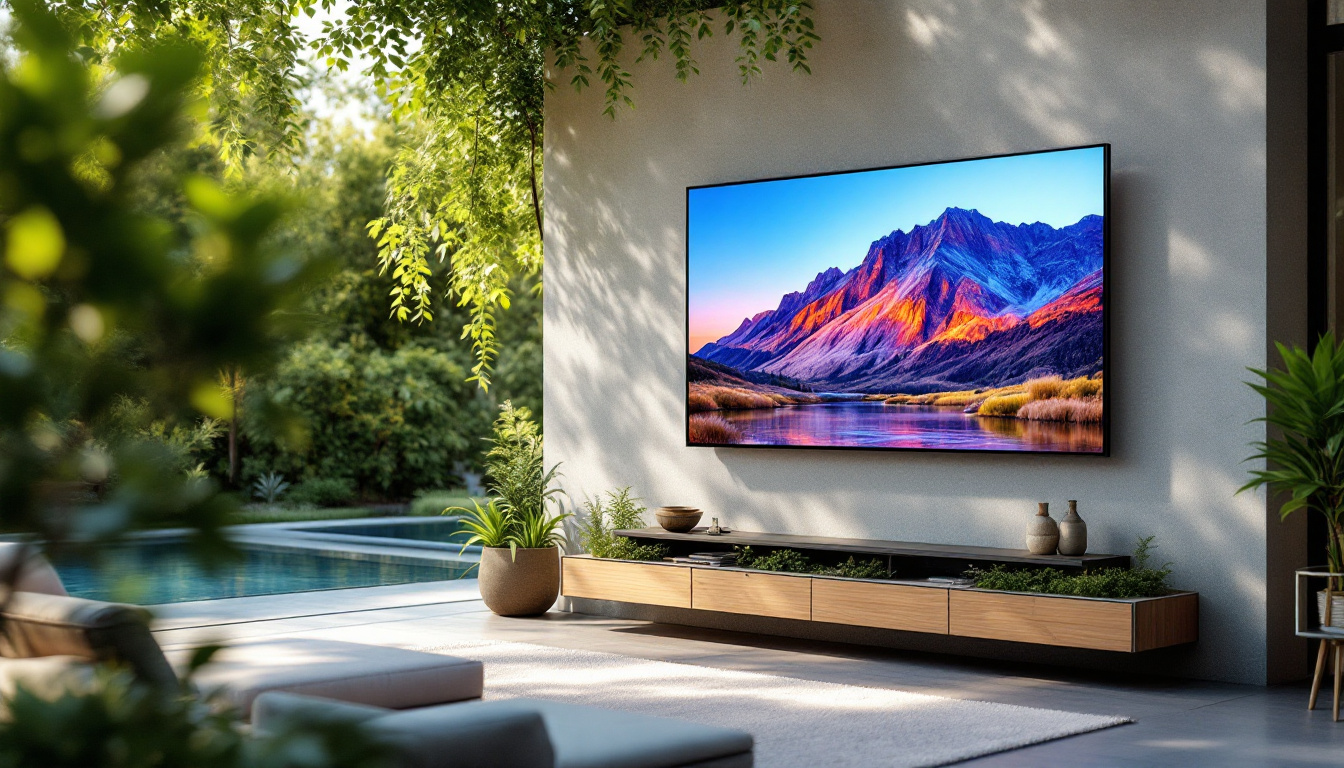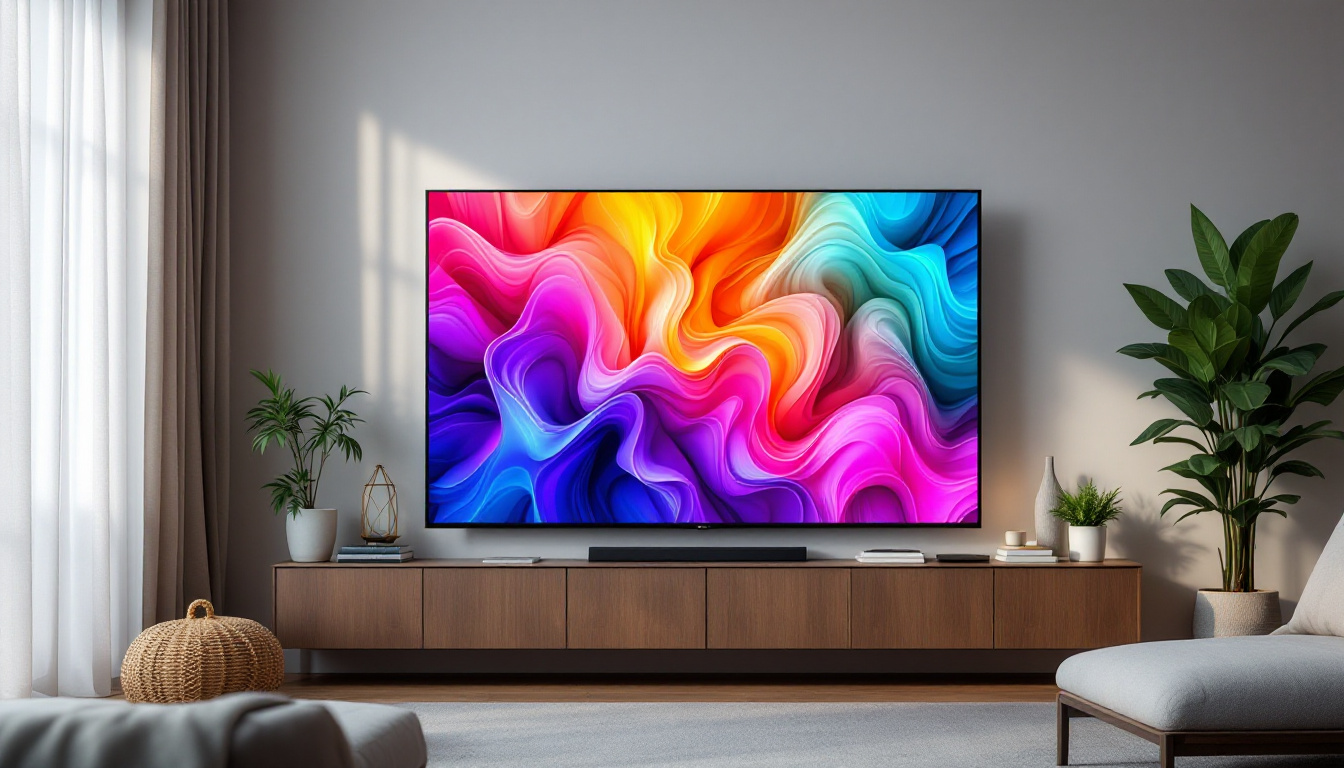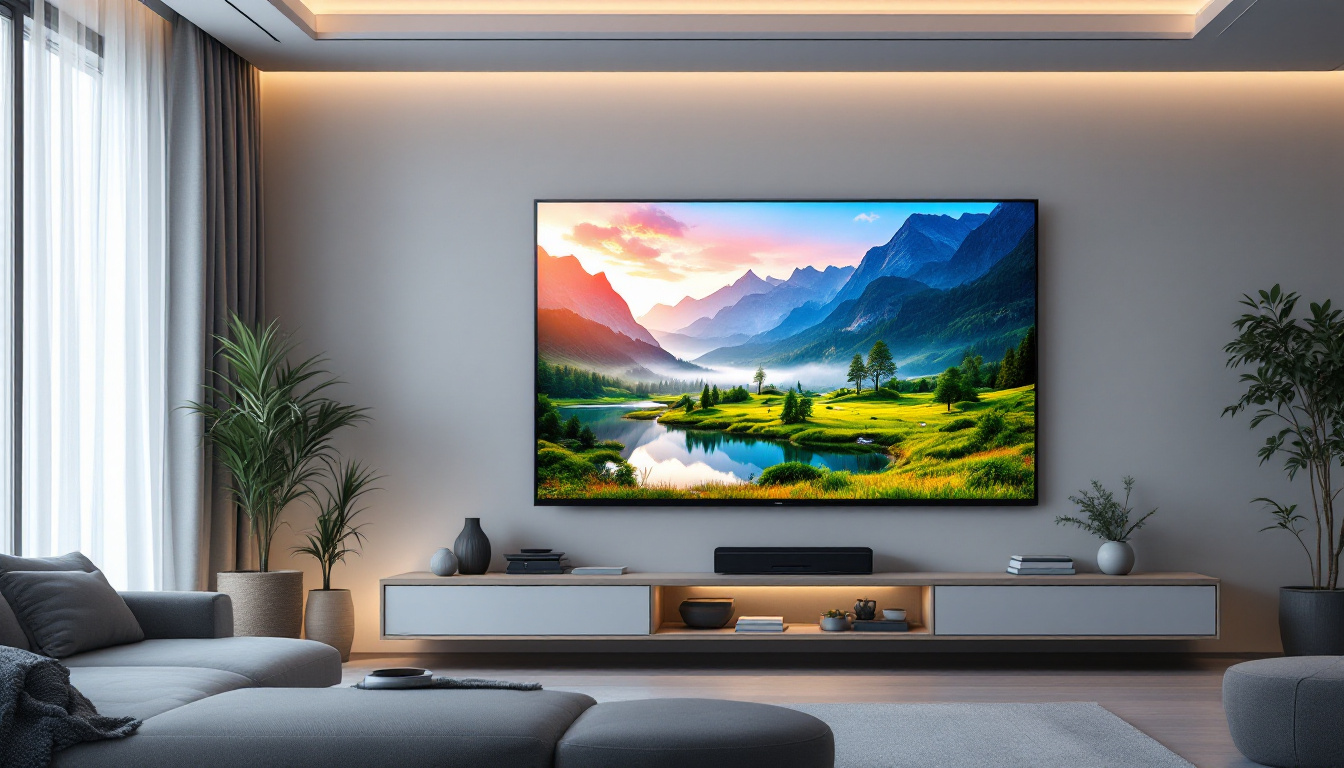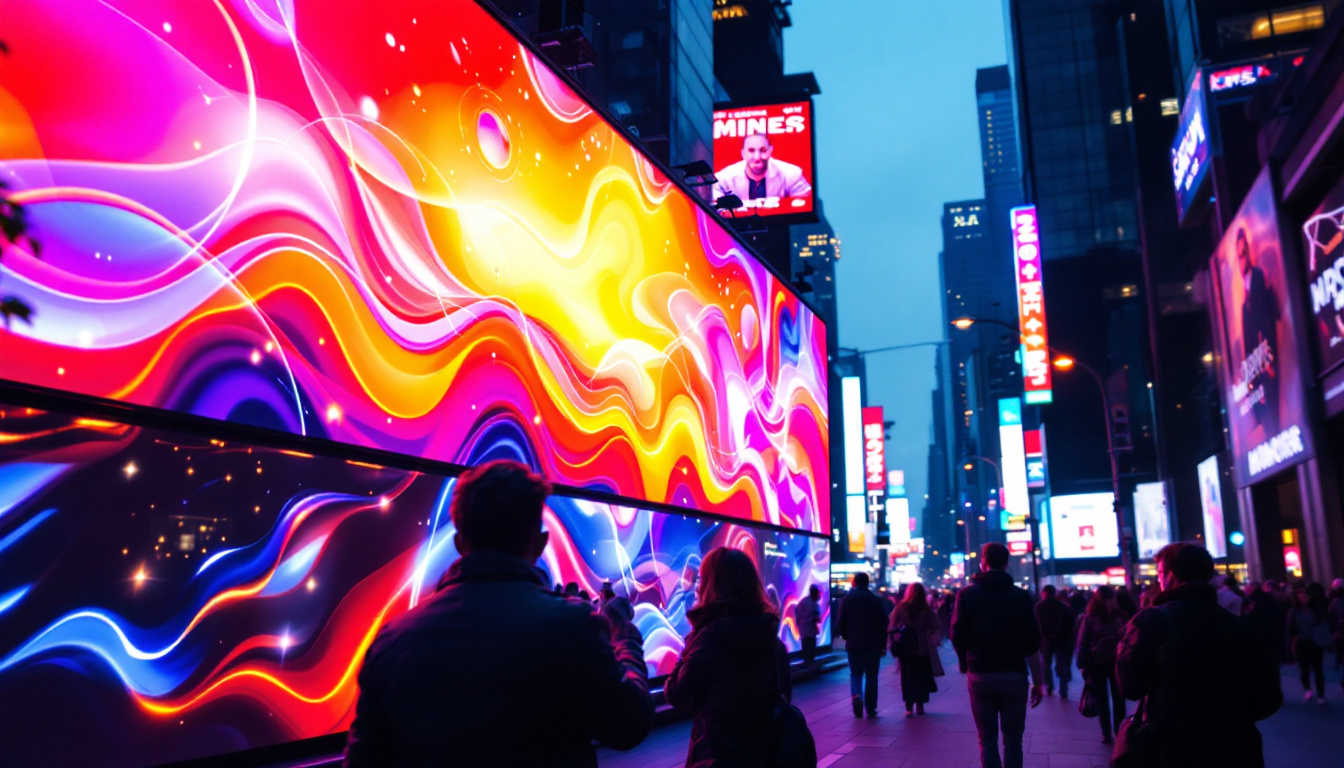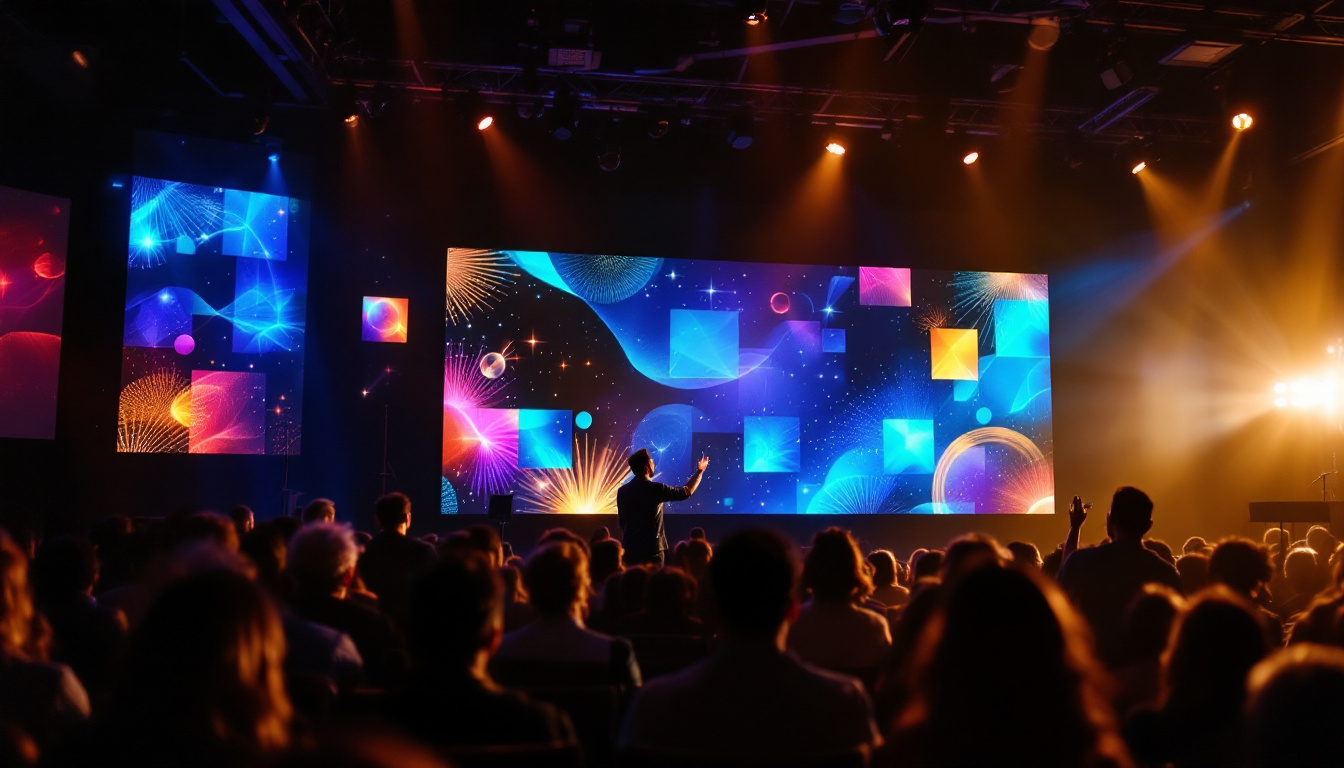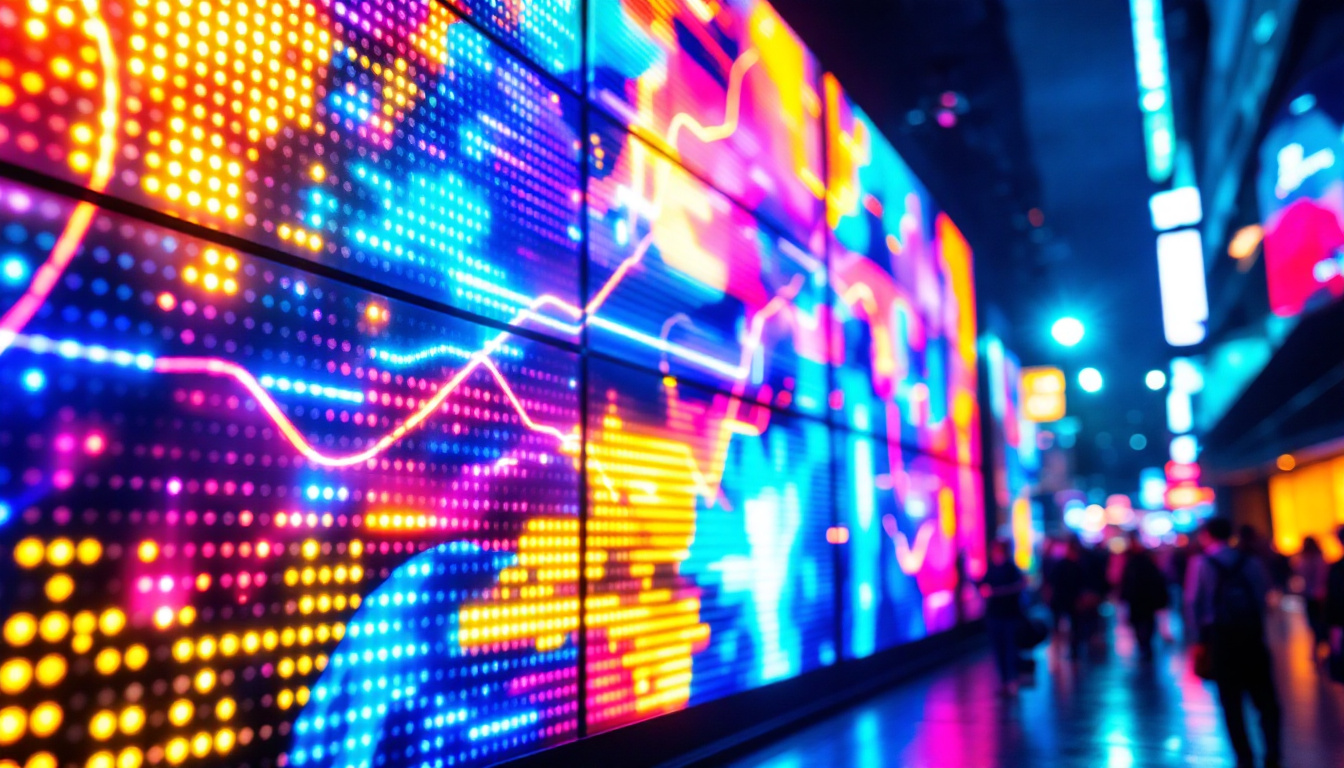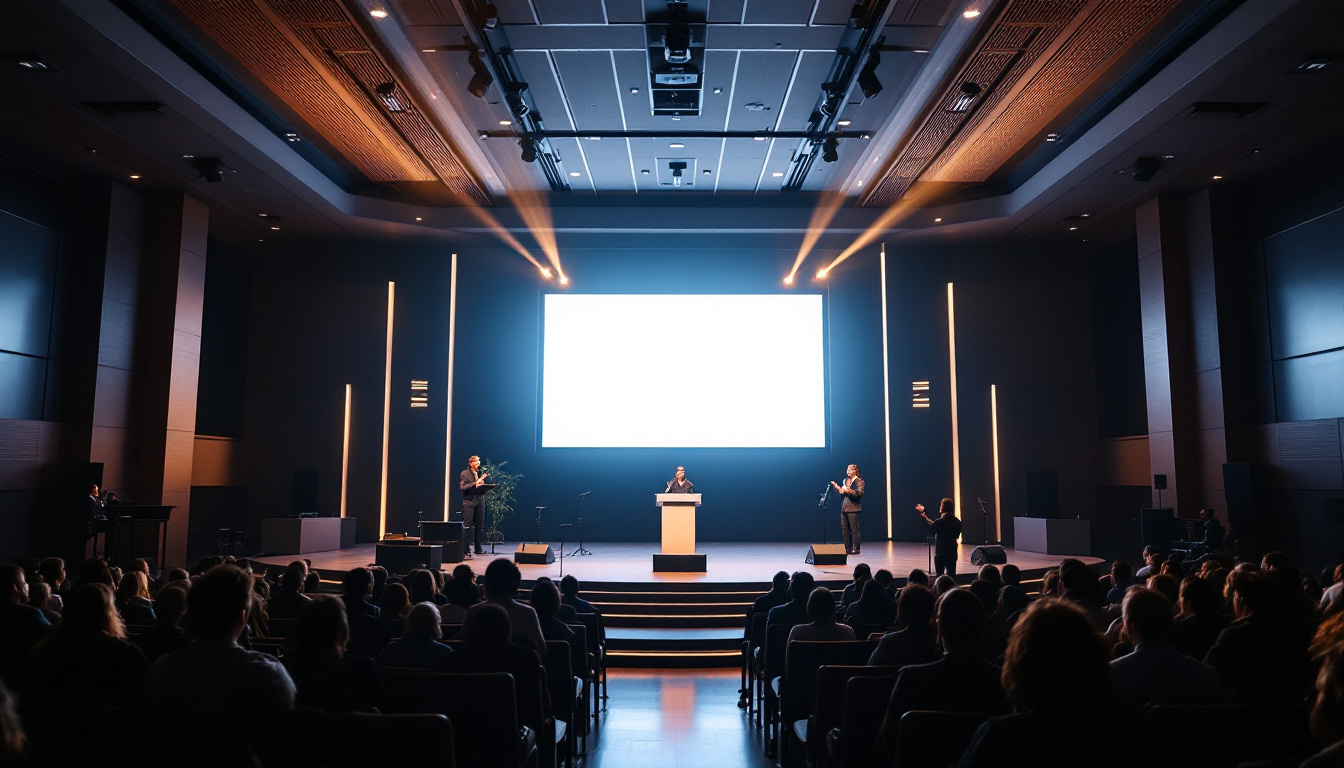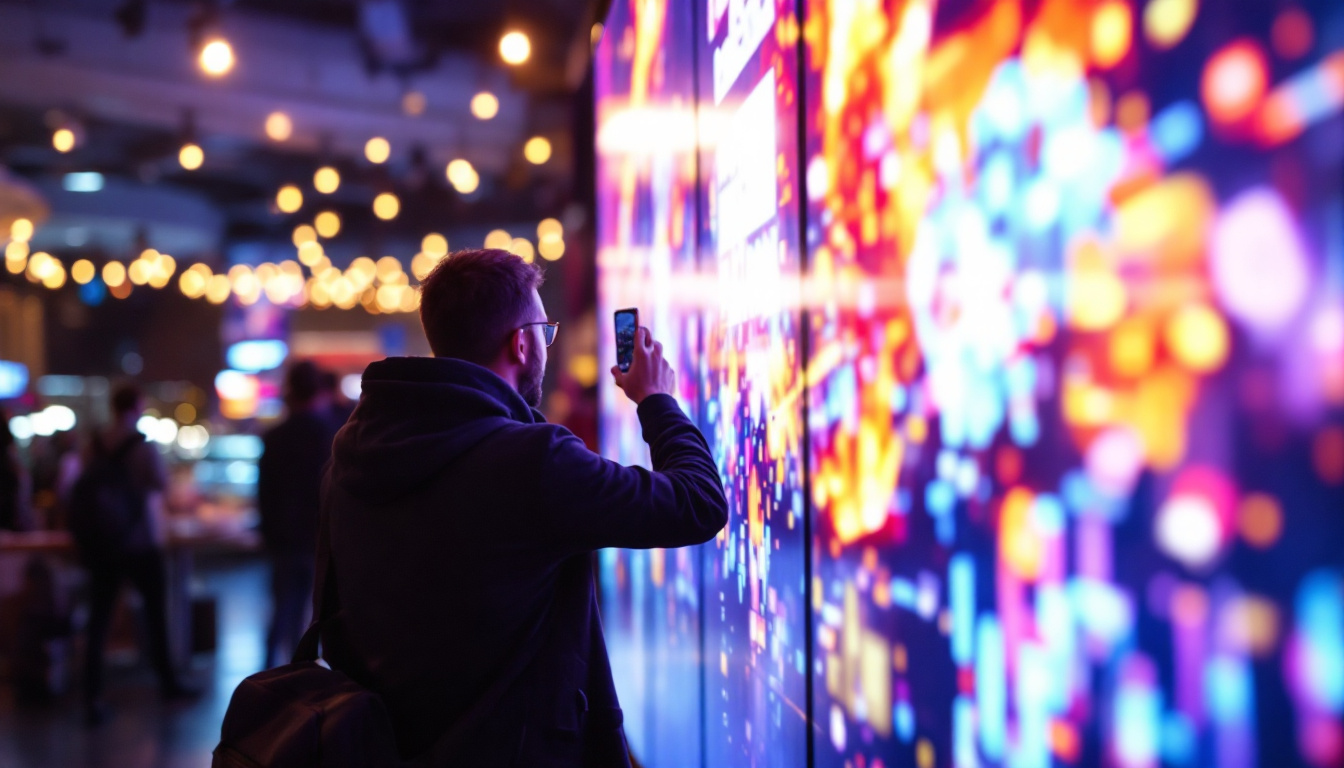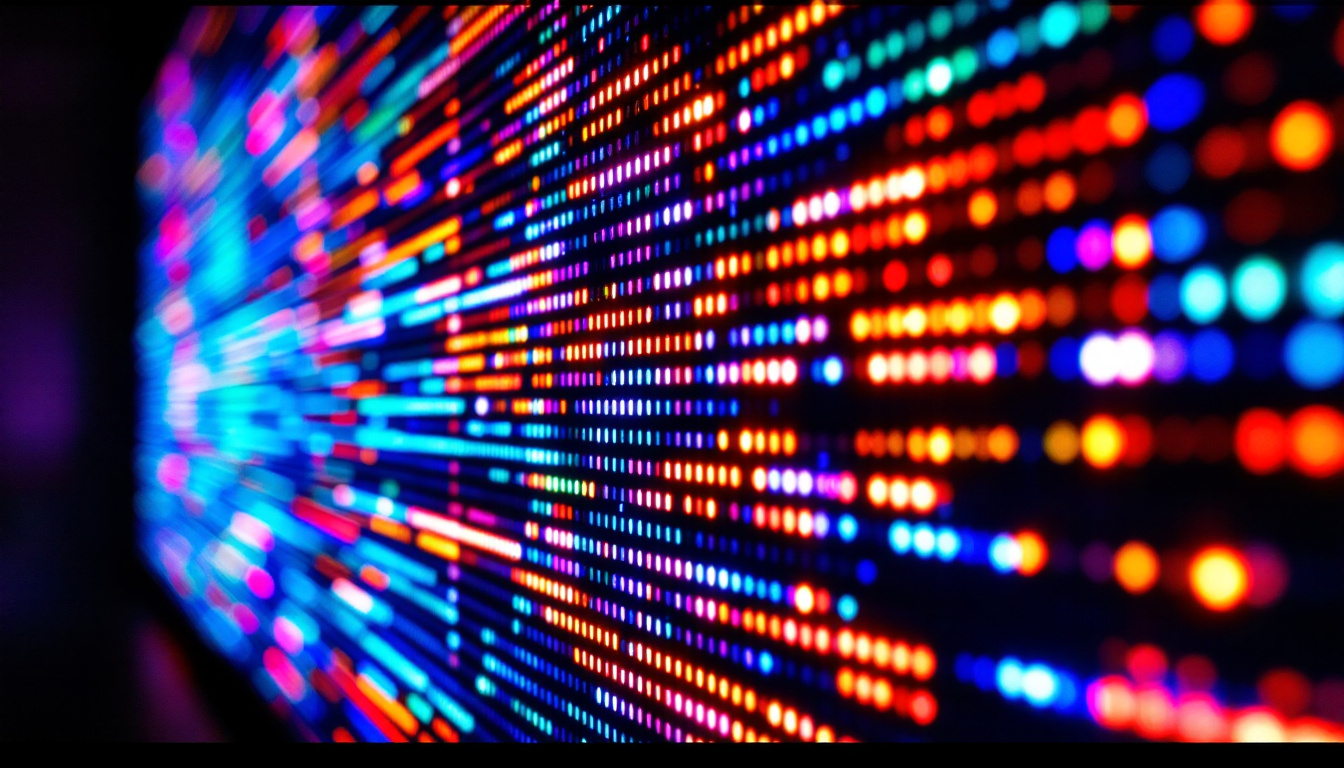In today’s fast-paced digital landscape, LED displays have emerged as a cornerstone of visual communication. From advertising to public information, these displays offer vibrant colors, high resolution, and versatility that traditional signage simply cannot match. This article delves into the intricacies of LED displays, exploring their technology, applications, and the advantages they bring to various industries.
Understanding LED Technology
LED, or Light Emitting Diode, technology has revolutionized the way visual information is presented. At its core, an LED display consists of numerous tiny diodes that emit light when an electric current passes through them. This technology allows for the creation of bright, colorful images that can be seen in a variety of lighting conditions. The efficiency of LED technology also contributes to its popularity; LEDs consume significantly less energy compared to traditional incandescent bulbs, making them a more sustainable choice for lighting and display solutions.
How LED Displays Work
The operation of LED displays is based on the principles of electroluminescence. Each pixel in an LED display is made up of red, green, and blue (RGB) diodes. By adjusting the intensity of each diode, a wide spectrum of colors can be produced. This RGB combination is what gives LED displays their ability to render detailed images and videos. Furthermore, the rapid response time of LEDs allows for smooth transitions and animations, enhancing the viewer’s experience.
When an image is displayed, the control system sends signals to the individual diodes, determining how much light each one should emit. This rapid modulation allows for dynamic content, making LED displays ideal for video presentations and real-time information sharing. The technology also supports advanced features such as high refresh rates and high dynamic range (HDR), which can significantly improve the visual quality, making images appear more lifelike and vibrant.
Types of LED Displays
There are several types of LED displays, each designed for specific applications. The most common types include:
- Indoor LED Displays: These are typically used in environments such as shopping malls, conference rooms, and theaters. They offer high resolution and are designed for close viewing. Indoor displays often feature finer pixel pitches, which allow for sharper images and are perfect for presentations and advertising in confined spaces.
- Outdoor LED Displays: Built to withstand the elements, outdoor displays are brighter and more durable. They are often used for billboards, sports arenas, and public events. These displays are engineered to resist harsh weather conditions, including rain, snow, and extreme temperatures, ensuring reliable performance year-round.
- Transparent LED Displays: These innovative displays allow for visibility through the screen, making them ideal for storefronts and exhibitions where maintaining a view of the surroundings is important. By utilizing a unique design that minimizes the visual obstruction, transparent LED displays can blend seamlessly into architectural elements, creating a modern aesthetic while still delivering impactful visual content.
Additionally, there are also flexible LED displays that can be bent and shaped to fit various surfaces, opening up new possibilities for creative installations. This versatility is particularly appealing in artistic and architectural applications, where traditional rigid displays would be impractical. As technology continues to advance, we can expect to see even more innovative forms of LED displays that push the boundaries of visual communication.
Applications of LED Displays
LED displays have found their way into numerous sectors, transforming how information is conveyed and enhancing user engagement. Their versatility makes them suitable for a wide range of applications.
Advertising and Marketing
One of the most prominent uses of LED displays is in advertising. Their ability to showcase vibrant visuals and dynamic content makes them highly effective for capturing consumer attention. retailers often use LED screens to display promotions, new products, and engaging advertisements.
Moreover, digital billboards equipped with LED technology can change content in real-time, allowing advertisers to tailor messages based on time of day, audience demographics, or even current events. This flexibility leads to higher engagement rates and a better return on investment.
Events and Entertainment
In the realm of events and entertainment, LED displays have become indispensable. Concerts, festivals, and sporting events utilize large LED screens to enhance the audience’s experience. These displays provide live video feeds, graphics, and animations that elevate the overall atmosphere.
Additionally, LED displays are often used in stage productions and theatrical performances. Their ability to create immersive environments through dynamic visuals can significantly enhance storytelling and audience engagement.
Information and Wayfinding
LED displays also play a crucial role in disseminating information. Airports, train stations, and public transportation systems utilize LED screens to provide real-time updates on schedules, delays, and other important announcements. This instant access to information helps streamline operations and improve customer satisfaction.
Furthermore, in urban environments, LED displays are increasingly being used for wayfinding and navigation. Interactive kiosks equipped with LED screens can guide visitors through complex locations, making it easier to find their way around.
Advantages of LED Displays
The rise of LED displays can be attributed to their numerous advantages over traditional display technologies. These benefits not only enhance visual communication but also contribute to cost savings and environmental sustainability.
Energy Efficiency
One of the most significant advantages of LED displays is their energy efficiency. Compared to traditional incandescent or fluorescent displays, LED technology consumes significantly less power. This reduction in energy usage not only lowers operational costs but also contributes to a smaller carbon footprint.
In many cases, the energy savings can be substantial, making LED displays a more sustainable choice for businesses looking to reduce their environmental impact.
Longevity and Durability
LED displays are known for their longevity. With a lifespan that can exceed 100,000 hours, these displays require less frequent replacement compared to traditional technologies. This durability is particularly advantageous for outdoor displays, which must withstand harsh weather conditions.
The robust nature of LED technology also means that these displays are less prone to damage, reducing maintenance costs and ensuring consistent performance over time.
High Visibility and Quality
LED displays offer exceptional visibility, even in bright sunlight. Their high brightness levels and contrast ratios ensure that content remains legible and vibrant, regardless of the lighting conditions. This quality makes them ideal for outdoor advertising and public information displays.
Furthermore, the high resolution of LED displays allows for intricate details to be showcased, making them suitable for applications that require clarity and precision, such as medical imaging and high-end video presentations.
Challenges and Considerations
While LED displays offer numerous benefits, there are also challenges and considerations that need to be addressed. Understanding these factors is essential for businesses and organizations looking to invest in this technology.
Initial Costs
The initial investment for LED displays can be significant, particularly for high-quality models. While the long-term benefits often outweigh these costs, businesses must carefully evaluate their budgets and determine the return on investment.
It is crucial to consider not only the purchase price but also installation, maintenance, and potential upgrades when budgeting for LED display technology.
Content Management
Another challenge associated with LED displays is content management. To maximize the effectiveness of these displays, organizations must invest in robust content management systems that allow for easy updates and scheduling of content.
Without a well-planned content strategy, the potential of LED displays may not be fully realized. Organizations must ensure that they have the resources and expertise to create engaging and relevant content that resonates with their target audience.
Technical Expertise
Operating and maintaining LED displays requires a certain level of technical expertise. Organizations may need to invest in training for staff or hire specialists to ensure that the displays function optimally.
This need for technical know-how can be a barrier for some businesses, particularly smaller organizations that may not have the resources to support such expertise.
The Future of LED Displays
The future of LED displays looks promising, with ongoing advancements in technology and applications. As industries continue to evolve, LED displays are expected to play an increasingly significant role in shaping how information is communicated and consumed.
Innovations in Technology
Emerging technologies such as microLED and flexible displays are set to revolutionize the LED display market. MicroLED technology offers even higher resolution and brightness levels, while flexible displays open up new possibilities for creative applications, such as curved screens and wearable technology.
These innovations will likely lead to more immersive experiences, allowing for greater interactivity and engagement with audiences.
Integration with Smart Technologies
As the world becomes more interconnected, LED displays are expected to integrate seamlessly with smart technologies. This integration will enable real-time data sharing, personalized content delivery, and enhanced user experiences.
For instance, LED displays in retail environments could utilize customer data to display targeted advertisements, creating a more tailored shopping experience.
Sustainability Initiatives
With growing concerns about environmental sustainability, the LED display industry is also focusing on eco-friendly practices. Manufacturers are exploring ways to reduce waste, improve recyclability, and use sustainable materials in their products.
As consumers become more environmentally conscious, businesses that prioritize sustainability in their LED display solutions will likely gain a competitive edge.
Conclusion
LED displays represent a transformative technology that has reshaped the landscape of visual communication. Their vibrant colors, energy efficiency, and versatility make them an ideal choice for a wide range of applications, from advertising to public information. While there are challenges to consider, the advantages of LED displays far outweigh the drawbacks.
As technology continues to advance, the future of LED displays promises even more exciting developments and applications. For businesses and organizations looking to enhance their visual communication strategies, investing in LED display technology is a step toward innovation and engagement in an increasingly digital world.
Discover LumenMatrix’s Innovative LED Solutions
Ready to elevate your visual communication strategy with the latest in LED technology? LumenMatrix is at the forefront of creating immersive and dynamic LED displays that captivate and engage. From vibrant Indoor and Outdoor LED Wall Displays to versatile Vehicle and Sports LED Displays, our solutions are designed to meet your unique needs. Experience the future of digital signage with our LED Poster Displays, Floor LED Displays, Custom LED Displays, and the revolutionary All-in-One and Transparent LED Displays. Embrace the power of cutting-edge LED solutions and transform your brand’s visibility. Check out LumenMatrix LED Display Solutions today and join the visual revolution.

